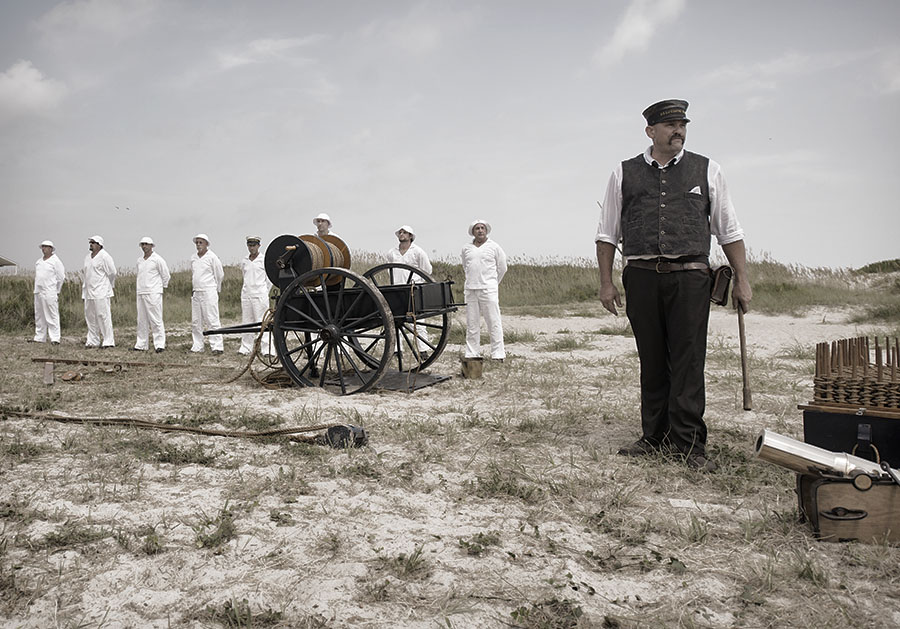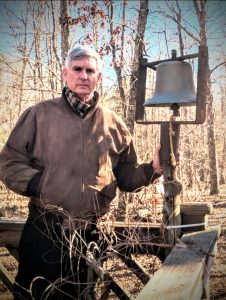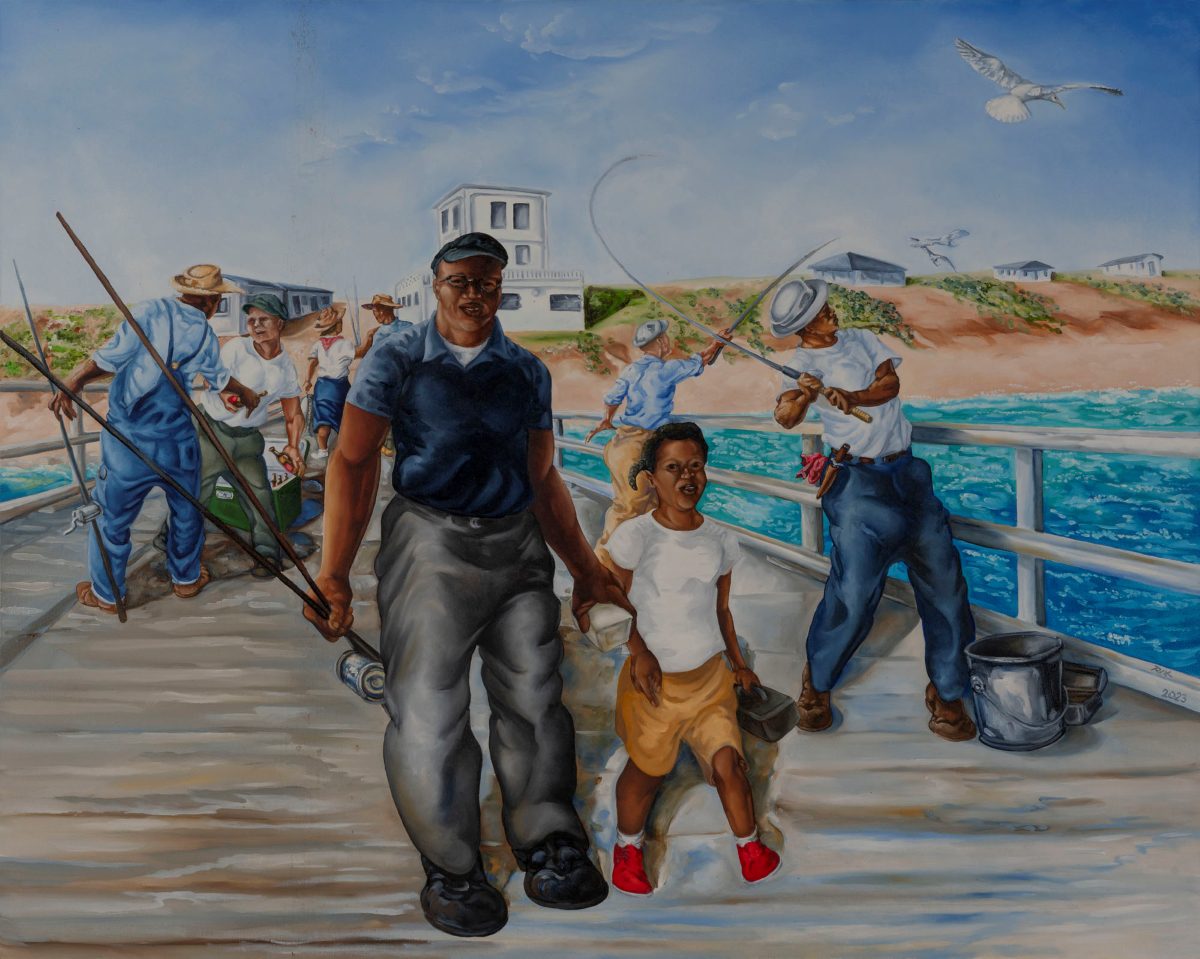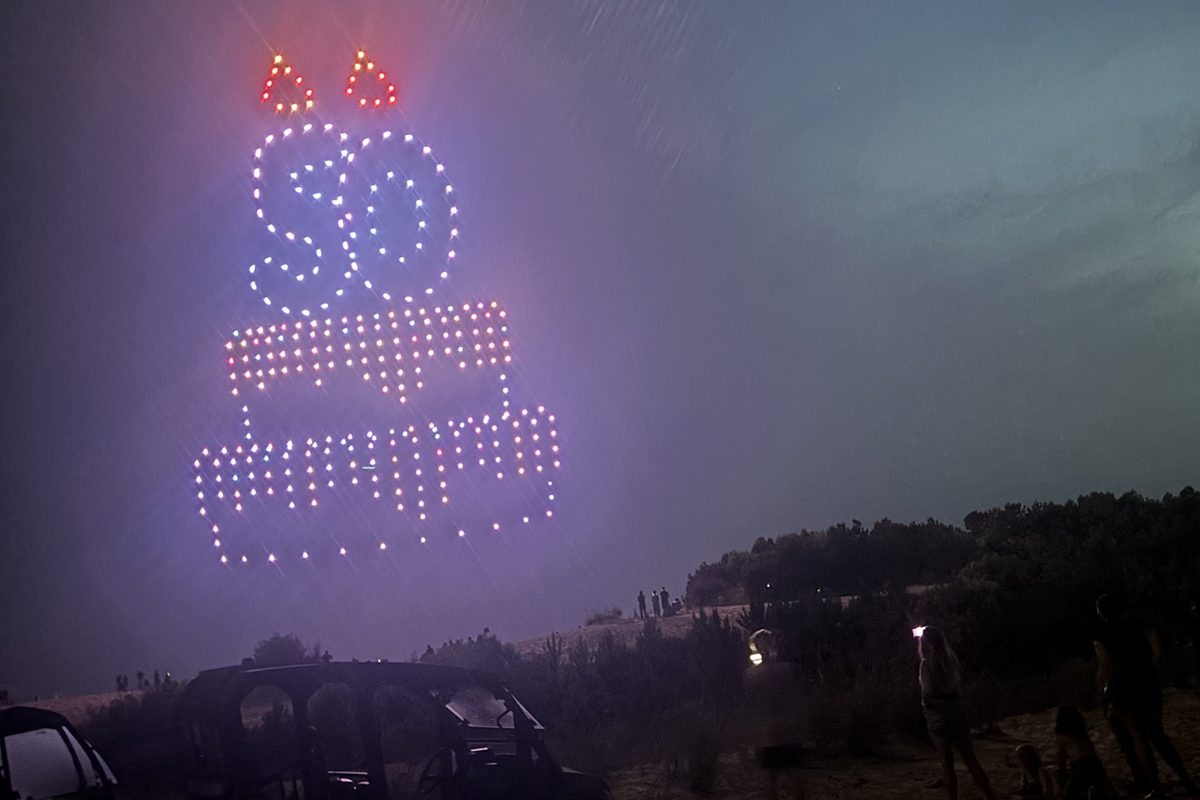
Reprinted from Island Free Press
The weekly beach apparatus drill at the Chicamacomico Life-Saving Station, where costumed volunteers perform a dramatic reenactment of historical rescue techniques, will be a special affair Thursday, as the event will be capped off with the donation of the ship’s bell from the 1891 wreck of the Strathairly steamship.
Supporter Spotlight
The Strathairly wreck is known as one the most disastrous shipwrecks of that year, and it occurred on March 24, 1891, just a mile or so away from the Chicamacomico Life-Saving Station.

The ship, which had a home port of Newcastle, England, was heading from Cuba to Baltimore with a cargo of iron ore, until it ran aground at around 5 a.m. during dense fog and heavy surf.
Stranded roughly 500 feet from shore, the patrolmen of the Rodanthe-based station responded to the distress signals just minutes after they were received.

Crews from Chicamacomico Life-Saving Station were on the scene, along with personnel from adjacent stations at Gull Shoal and New Inlet, but the heavy fog and rough surf made reaching the stranded ship a challenge. Reports from the wreck state that the steamer was not even visible until 10 a.m., when the fog finally lifted long enough to identify the ship’s location.
During the early morning hours, after constant battering by the rough surf, the steamer ship broke in two, and its lifeboats were smashed, making it impossible for the stranded men on board to reach the shore.
Supporter Spotlight
Because the ship was a long distance from the beach, it was impossible for the life-saving crews to use their lifeboats to reach the stranded men. The rescuers struggled to establish communication with the steamer throughout the day, though they extended all available resources and made multiple attempts throughout the morning and afternoon to rescue the sailors onboard.
The following is from the report by Lieutenant Failing, district inspector, who was in the area for a regular inspection when the incident occurred:
The day also was fast waning, and the situation of the sailors was desperate. At 20 minutes before 5 o’clock, just 12 hours after the stranding of their vessel, the sailors were heard shouting to those on shore, and then one by one they jumped into the sea for a final effort to save themselves by swimming, each man being provided with a life belt….
As fast as the poor fellows jumped overboard and began their struggle towards the shore they were swept by the current to the southward. The surfmen and the inhabitants of the neighboring settlements, many of whom had been present on the beach all day, at once followed them, and at great risk to themselves, in wading out into the surf, succeeded in dragging 16 men out of the water. Ten of this number were, however, dead by the time they were reached. Immediate efforts were made to resuscitate them, but without avail. The survivors testify that before they jumped from the ill-fated vessel they were fully satisfied that such a course was their only hope, that no boat could have reached them, and that even if a large line could have reached them then they had not strength enough and were in no condition to rig the gear.
Seven men were saved out of the crew of 26, and though the wreck was one of the deadliest of the year, the crew members who were saved were grateful for the heroic efforts of the Outer Banks stations.

After the 2 p.m. Thursday Breeches Buoy Reenactment Drill, special guest Glenn Love of Charlotte will be donating the bell from the shipwreck to the Chicamacomico Life-Saving Station’s Historical Museum as a permanent addition to the museum’s collection.
The public is welcome to come and attend the Breeches Buoy Reenactment Drill on Hatteras Island and to stay after the reenactment to witness the donation, and to learn a little more about the Strathairly shipwreck.
For more information on the Chicamacomico Life-Saving Station, including details on the weekly Breeches Buoy Reenactment Drills, visit their website at https://chicamacomico.org/.
This story is provided courtesy of the Island Free Press, a digital newspaper covering Hatteras and Ocracoke islands. Coastal Review Online is partnering with the Free Press to provide readers with more environmental and lifestyle stories of interest along our coast.







